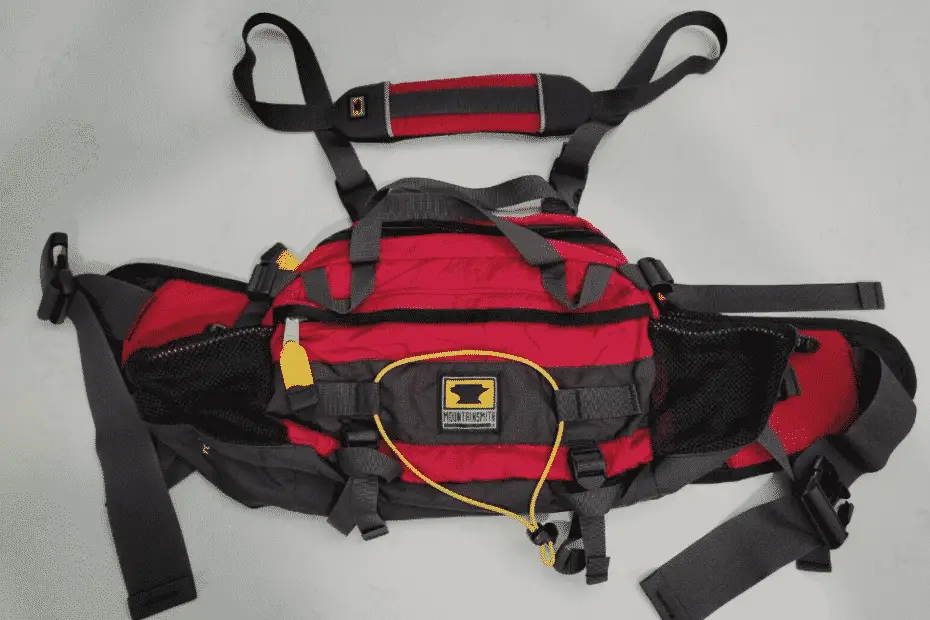There are so many times where I question whether or not I really need to carry a full sized pack. Do I really need a full sized day pack or can I get by without water/gear for a few hours? That’s where hiking waist packs and fanny packs come in handy! Most people left their fanny packs behind in the 90s, but they’re making a major comeback.
There are times where a full-sized pack makes sense, but a waist pack is usually enough for most people. I have a long list tips for using a hiking waist pack below, but lets go over a few of the main benefits.
- Waist packs are lighter than traditional day packs making them perfect for ultralight hikers.
- There won’t be as much weight on your shoulders and back.
- They allow you to carry water without a traditional day pack.
- Forces you to cut down to the bare essentials lightening your pack load.
- Reduces back sweat on hot days.
- It keeps important gear dry and gives you easy access to snacks, water, tools, phone, maps/compass, etc.
I’ll go over everything you need to know about hiking waist packs, go over the benefits of waist packs and explain a few times where it’s better to use a full sized day pack.
Table Of Contents
What Is A Hiking Waist Pack?
Hiking waist packs are also known as fanny packs. They’re just a small pack that fits snugly around a hikers waist. Waist packs have limited cargo capacity, so you can only carry essential gear. You won’t be able to carry as much as with a full sized day pack, but they’re big enough for the important stuff.
Waist packs are usually used on short 2-3 hour hikes in mild weather. Cold weather requires extra clothing (jackets, gloves, hats, etc.), hot weather needs more water, and rainy weather requires waterproof raingear.
Larger waist packs aka lumbar packs are usually carried behind the hiker resting on your lower back, but small fanny pack style waist packs can be worn in the front. Swing the lumbar pack around your waist for easy access and swing it back when you’re done.
Hiking Waist Packs vs Lumbar Packs, and Fanny Packs
Hiking waist pack is a catch all phrase for every type of waist belt style pack. That includes different types of water hydration belts, fanny packs, and larger lumbar packs. Waist packs vary in size from 2 Liters to 10-15 liter lumbar packs.
Products marketed as lumbar packs usually have larger capacities (10-15 liters) and thick hip belts to support the weight. They’re similar to ultralight/lightweight daypack capacities and usually have removable shoulder straps to take weight off the lumbar region.
Hiking Waist Pack Sizes and Types (Consider Water Storage)
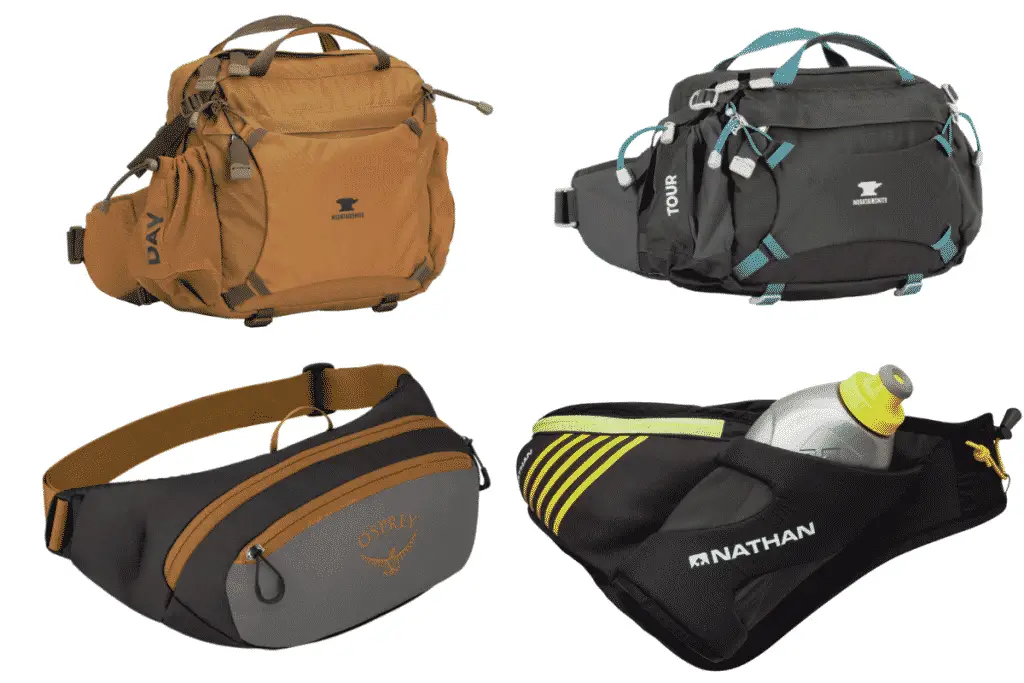
There are 4 common sizes of waist packs: large (600-800+ cubic inches), medium (250-400 cubic inches), and small (150-300 cubic inches), and small hydration waist packs. You can find odd sized packs in between the common sizes, but those aren’t optimal for anything. They’re either too big to be used as a lightweight running pack or they don’t hold enough gear for longer hikes.
You also need to think about whether or not you need water storage in the pack. Most large/medium waist packs have water bottle holders or side straps to carry water bottles, but smaller fanny packs rarely have water bottle pockets. That’s not a big deal if you’re using it to supplement a traditional day pack or hydration pack.
- Large Waist Packs (600-800 Cubic Inches): Large waist packs are usually called lumbar waist packs since they run halfway up your lumbar region (aka lower back). They’re usually in the 10-15 liter range with similar capacities to ultralight/lightweight daypacks. They usually have water bottle pockets, and you can almost always attach shoulder straps to take some of the stress off your back. The large capacities make lumbar packs perfect for long day hikes.
- Medium Waist Packs (250-400 cubic inches): This is what most people picture when they think of waist packs. They’re usually in the 4-7 liter range, which makes them smaller than most day packs, but big enough to store the essentials. Medium sized packs will either come with water bottles or have elastic pockets to fit standard sized disposable 16.9 oz water bottles or 20oz Gatorade/Powerade bottles
- Small Waist Packs (150-300 Cubic Inches): Small waist packs rarely have a way to strap water bottles to the pack so they’re usually used on short 1-2 hour hikes or to supplement a full-sized pack.
- Small Hydration Waistpacks For Running: Hydration waist packs are almost always used by runners or cyclists. They have compact/lightweight designs with 1-2 liters of storage and a dedicated water bottle holder. I use a Nathan Hydration Belt whenever I go trail running. There’s a water bottle holder and enough room for my phone, wallet, and keys.
15 Benefits Of Using A Hiking Waist Pack or Fanny Pack
After years of ignoring waist packs I finally decided to use one. I would carry a waist pack for my photography equipment, but I always used a traditional day pack for short hikes.
My wife started using a fanny pack and convinced me to give them a try. I started using them on my trail runs, but now I’m a full time waist pack user. They get used instead of a day pack on short hikes and with a full sized pack on longer day hikes and backpacking trips.
This is a long section so you may want to jump around using the following links. You can just of each section by reading the headings, so you may want to skip down to the following section where I explain how and when to use waist packs.
- Carry gear without a full sized day pack.
- Lumbar waist packs are lighter than daypacks with similar storage capacities.
- Less stress on your shoulders and back (plus optional shoulder straps on larger lumbar packs).
- Fanny packs are a convenient place to store snacks.
- There’s less back sweat with a waist pack.
- Easy access to cell phone, photography equipment
- Keeps your important gear dry!
- Easy Access To Maps and Navigation Equipment
- Convenient Place To Store Trash
- Great For When You Don’t Want To Carry Your Full-Sized Pack Around (Towns, Stores, Campgrounds, etc.)
- Helps When You Don’t Have Useable Pockets
- Easy Access To Emergency Medicine (Inhalers, Epipens, Insulin, Pills, etc.)
- Works Like A Junk Drawer For Random Gear
- Works As A Counterbalance To Your Pack
- Fanny Packs Are Making A Comeback
1. Carry Gear Without A Full Sized Day Pack
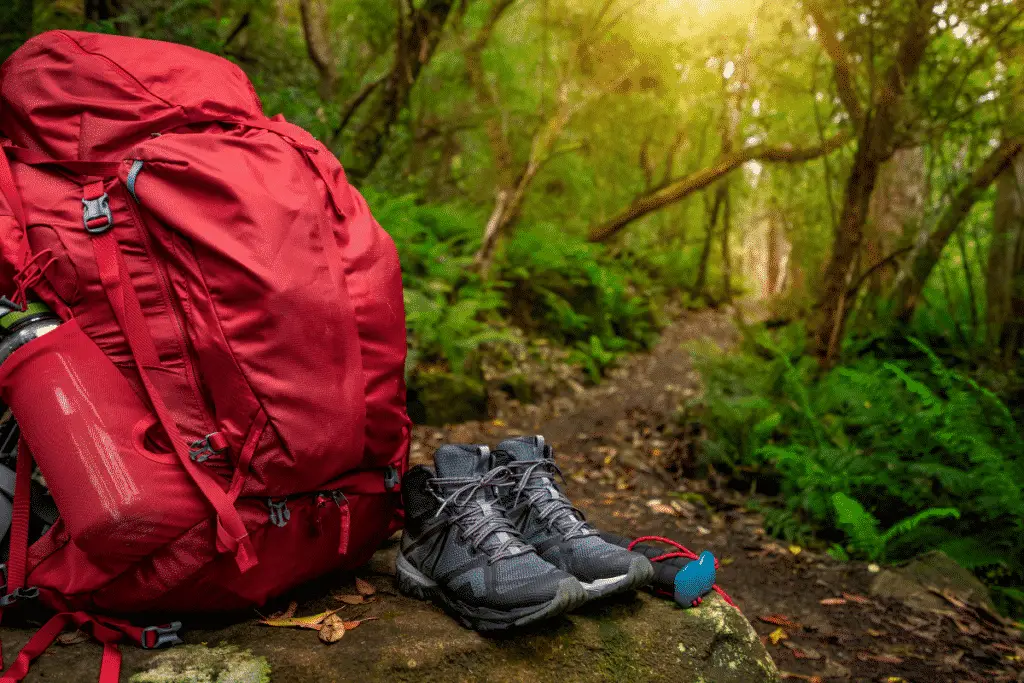
It doesn’t always make sense to carry a full sized day pack on short hikes. You still want to carry the essentials, but you don’t need a 20 liter pack on short after work hikes. That’s where a fanny pack comes in handy.
Use a fanny pack for storing most of your common gear. You can either pair that with a lightweight hydration pack or find a hydration waist belt. Lighten your pack load without leaving the important stuff behind.
2. Lumbar Waist Packs Are Lighter Than Daypacks With Similar Storage Capacities
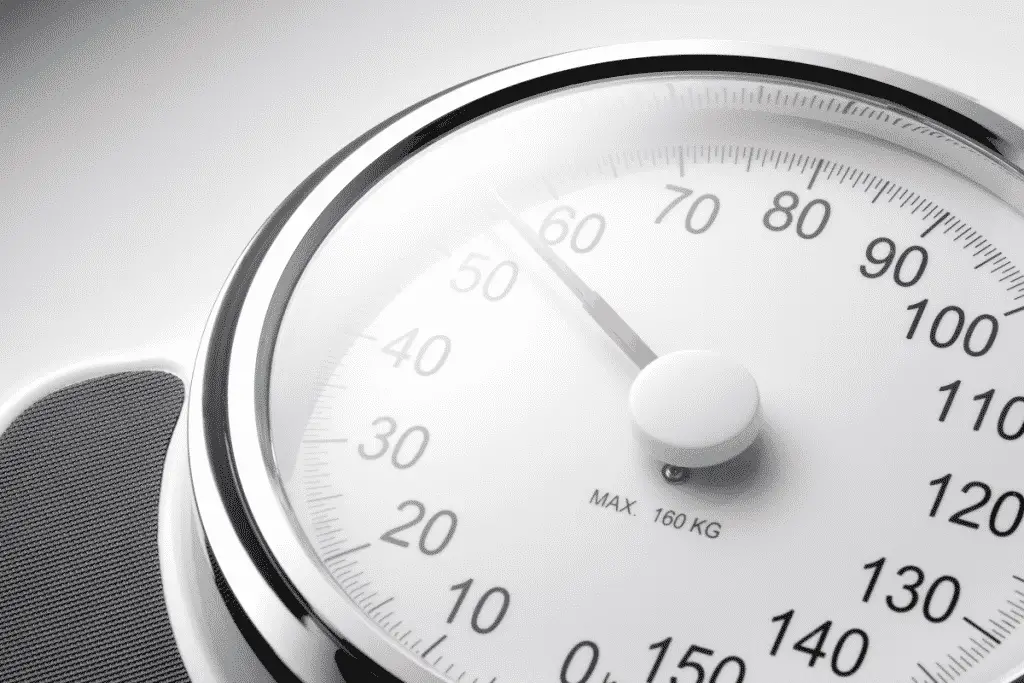
It doesn’t matter how fancy your day pack is. You’ll never be able to find a daypack that’s lighter than a waist pack. All that fabric weight adds up and you almost always carry unnecessary gear. Waist packs force you to take a minimalistic approach to hiking.
You’re limited to about 10-15 liters of space on larger lumbar packs. That’s smaller than the largest daypacks, but it falls right in the middle of ultralight/lightweight day pack capacity. You’ll be surprised how much you can jam into a lumbar waist pack.
3. Less Stress On Your Shoulders and Back

This is one of the biggest benefits of using a waist pack. You don’t have to worry about adjusting your shoulder straps and balancing your load with a waist pack. A lightweight fanny pack is way more comfortable on short hikes.
It doesn’t matter how far you hike. Your shoulders/back won’t get sore. There might be minor chafing issues along your waist line, but that’s only if you’re overloading the waist belt. Lightening your load and a little bit of BodyGlide will solve that problem.
4. Convenient Place To Store Snacks
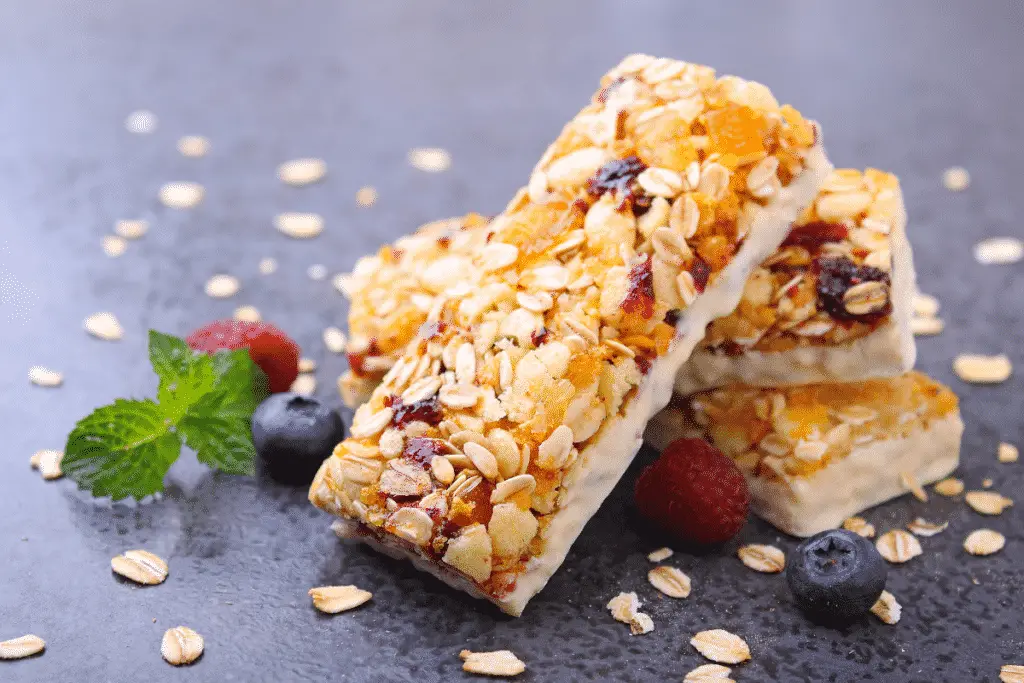
Convenience is the one common denominator between every piece of backpacking gear I own. It’s worth carrying anything that makes your life easier on the trail. Fanny packs are extremely convenient on both short and long hikes.
The main reason I use a fanny pack is so that I have quick access to trail snacks. I don’t have to stop to take off my pack and dig around. Just reach down and quickly grab a snack to to eat and I’m heading back down the trail.
I take a lot of breaks, but there are times when I’m running behind and keep heading down the trail. I want to be able to quickly grab a snack to eat while I’m hiking and keep moving along. I’ll end up skipping a meal if it means I have to stop for 5 minutes fumbling around with my pack.
A fanny pack is perfect for that! When I wake up in the morning, I unzip my fanny pack and load it up with all my snacks for the day. I’ll take off hiking right away and eat them as needed instead of hanging out for a while to eat breakfast.
5. Don’t Have To Worry About Back Sweat
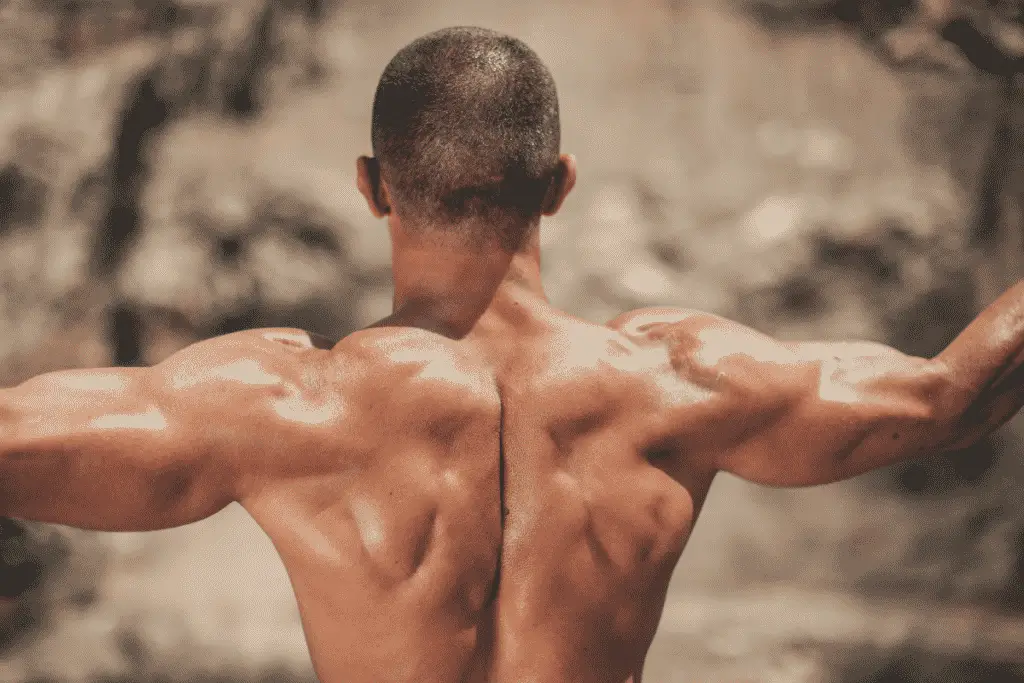
Back sweat is a serious problem with traditional day packs. The front of your shirt will usually be dry, but your entire back will be soaked by the end of a long hike. Your pack increases sweat and blocks evaporation.
That’s not an issue with a waist pack. Your back might sweat a little bit, but it will quickly dry with moisture-wicking fabrics. It takes less than 20 minutes for a moisture-wicking shirt to dry on a sunny day.
6. Easy Access To Cell Phone and Photography Equipment

If you shoot a lot of photos or videos on the trail it’s nice to have easy access to photography equipment. Most people use their cameras for basic pictures, but I like to carry a small tripod in my fanny pack as well.
Tripods aren’t just for professional photographers! I love taking scenic nature pictures, but those aren’t the pictures I share with family/friends. Group pictures are the ones that have a lasting impression and those wouldn’t be possible without a tripod.
Being able to reach down, grab your camera/tripod, and immediately take a shot reduces the chance of scaring off animals. I can’t even count how many wildlife pictures I would have missed if I had to dig through my pack to find my camera gear.
7. Keeps Your Important Gear Dry
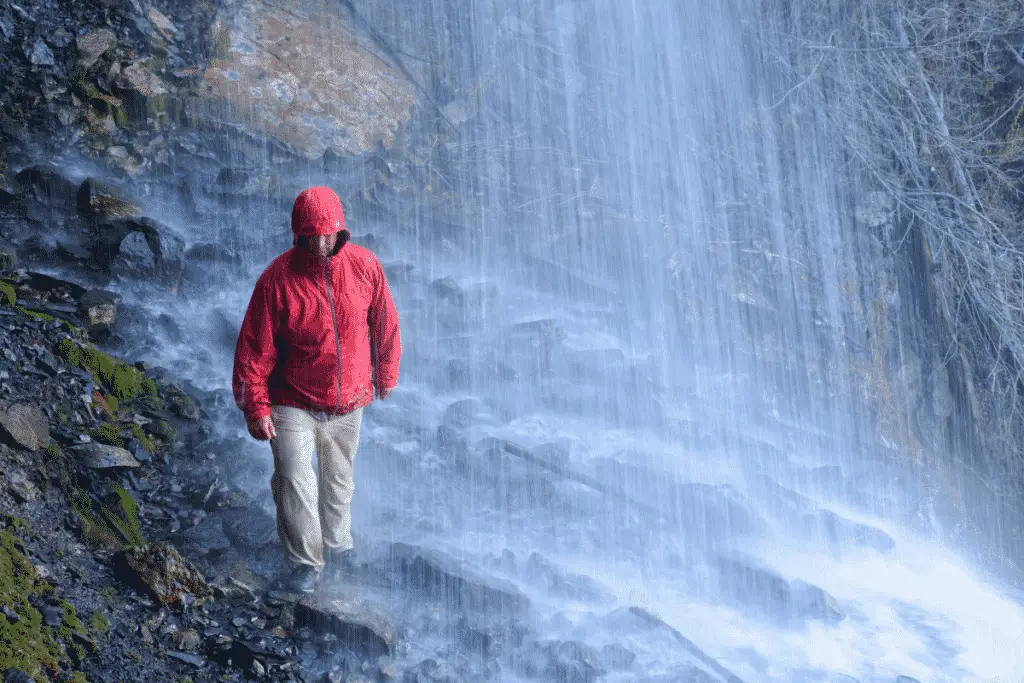
Almost every waist pack uses waterproof or water-resistant fabric and waterproof zippers. So that’s where I carry my cell phone, maps, and anything else that I need to keep dry, while having easy access.
Check the material to see if the waist pack is waterproof or water-resistant. A water-resistant waist pack is fine in 90% of situations (light/moderate rain), but they’ll leak in heavy rainfall. That’s not a big deal since I can tuck the fanny pack under my raincoat turning it into an easy access dry bag.
That’s not a huge deal now that my iphone is waterproof, but I’ve damaged multiple cell phones in my pocket. My pants pockets get soaked and everything stored inside gets waterlogged. Storing my phone in a fanny pack keeps it dry and I can grab my phone for quick pictures in the rain.
When you think about it, it also protects the rest of the gear in your pack. Every time you take off your pack’s rain cover and dig around, you let water inside the pack. Being able to quickly grab anything you need without opening up your pack reduces the likelihood of getting water in your pack.
8. Easy Access To Maps and Navigation Equipment
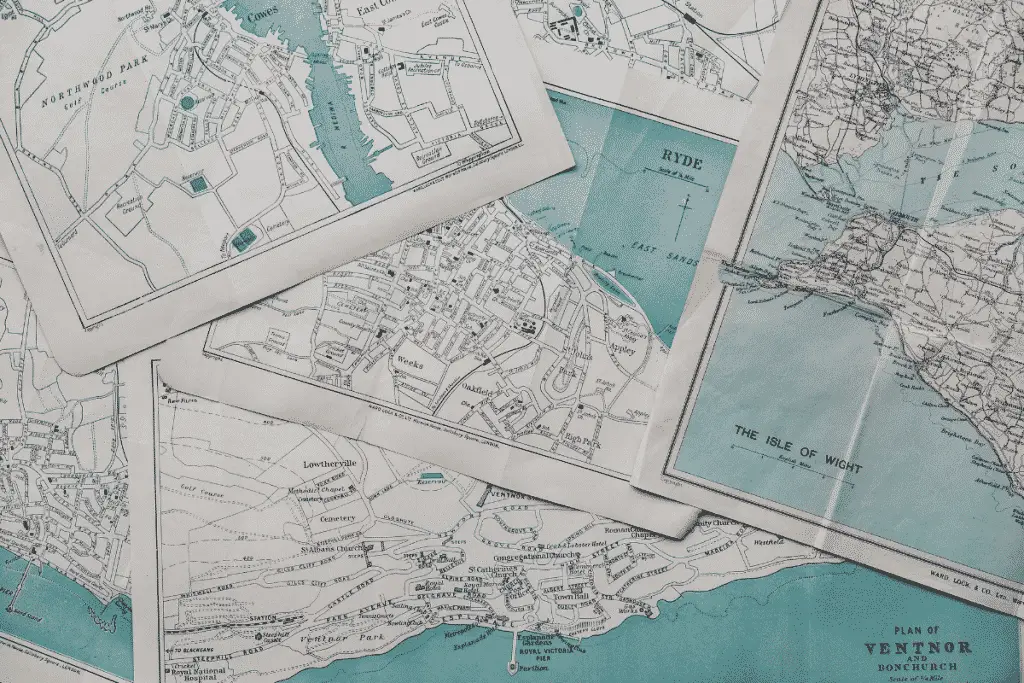
It doesn’t matter how you’re navigating the trail, you need to have easy access to your map, GPS, cell phone, compass, etc. Having a place to store your navigation gear where you can immediately access it makes life easier.
I’m constantly pulling out my phone to see how far I’ve traveled and make sure I’m still on the right route. It helps me stick to my plans so I can adjust my pace and plan breaks.
I mentioned this above, but you also need to keep your navigation equipment dry. It’s especially important to keep your paper maps dry. I’ve mostly switched over to using GPS trail apps, but I still fall back on physical maps when I lose cellular reception.
9. Convenient Place To Store Trash

Every hiker, backpacker or camper should follow the leave no trace principles. Being in the middle of nowhere, doesn’t mean that you can leave a trail of trash in your wake. You need to have a convenient place to store trash as you’re hiking down the trail.
I used to shove my trash into my pants pockets or the water bottle pockets on the side of my pack. That seemed to work well enough for a while, but I would occasionally lose wrappers. I wouldn’t leave trash behind on purpose, but it would work its way out of my pockets or I’d accidentally yank it out digging out gear.
Now I shove my garbage into the small zippered pocket on my fanny pack. The small front pocket isn’t big enough to hold anything important so I rarely used it for anything. At the end of the day, I’ll empty out my garbage into my main trash bag after setting up camp.
10. Great For When You Don’t Want To Carry Your Full-Sized Pack Around (Towns, Stores, Campgrounds, etc.)
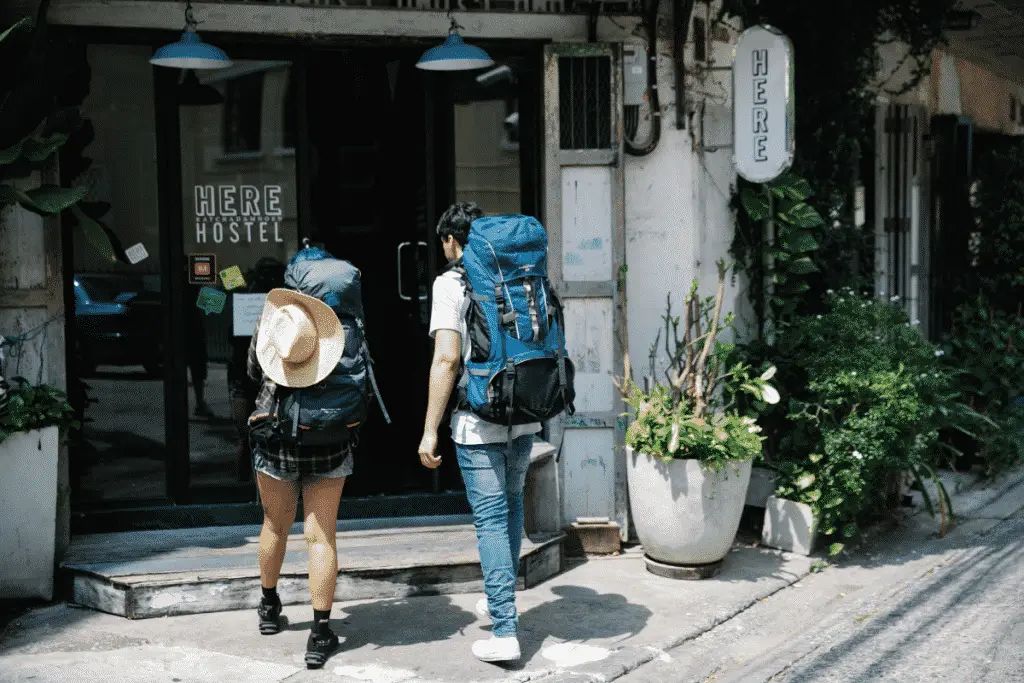
Having a fanny pack is really nice when you don’t want to carry around your full-sized pack. This mostly applies to through hikers, when you’re traveling through towns, but it’s also convenient when you’re staying at public campgrounds.
You can go into stores, laundromats, restaurants, shower facilities, etc. without carrying a gigantic pack. Put your wallet, keys, phone, permits/registrations, hotel keys, and all your essentials into your waist pack and leave your pack in a safe place.
I had my gear stolen while using rental canoes at a public campground. Most of my important stuff was in my waist pack. It really sucked, but I was able to buy cheap gear at Walmart to get through the rest of the trip. My pack was much heavier than usual, but it didn’t end the trip.
11. Helpful When You Don’t Have Useable Pockets
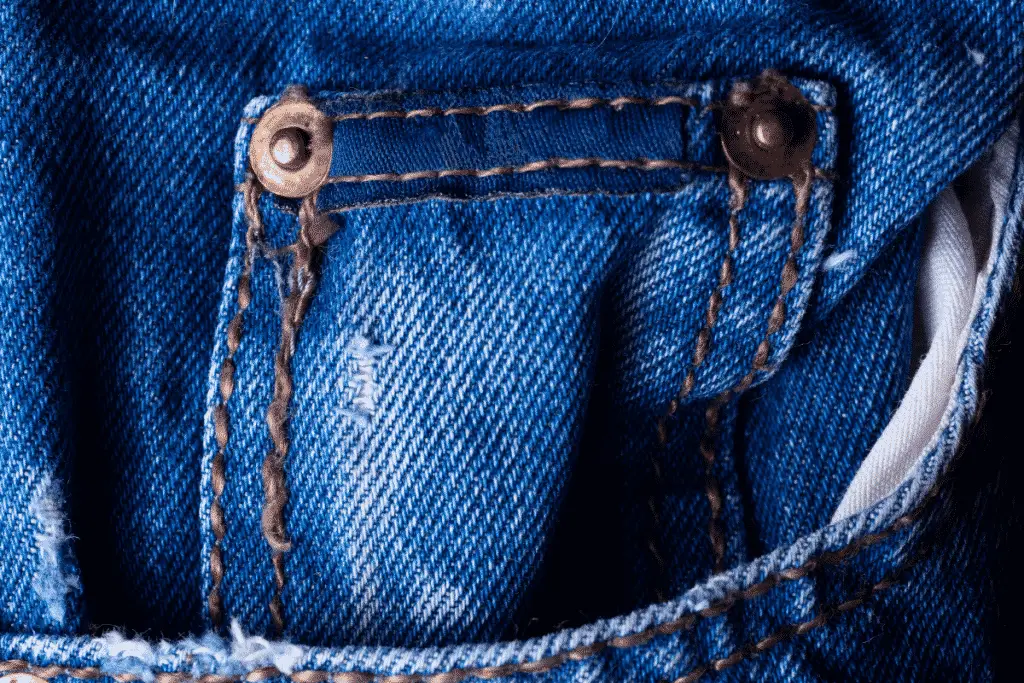
Pocket size/functionality is rarely an issue for men, but it’s a serious problem for women. Women’s clothing manufacturers love to put tiny worthless pockets in women’s clothing. Even women’s “hiking pants” use those tiny worthless zippered pockets that serve no actual purpose.
It’s even worse with regular women’s pants/shorts and dresses don’t have any pockets. That’s where fanny packs are extremely convenient. You have easy access to your phone, cash, debit cards, ID etc. and you don’t have to worry about anything falling out of your pockets.
I also run into this problem with my trail running shorts. They have pockets, but I’m constantly losing my phone. I usually leave my wallet in my truck, but I can’t count how many times I would have lost my phone if my Bluetooth headphones didn’t cut out informing me that I’d lost my phone.
I’ve mostly switched over to a hydration to a hydration vest for longer runs, but I use a small Nathan Hydration Waist pack on short hikes/runs after work. The important stuff gets zipped into the large pocket so I don’t have to worry about losing anything.
12. Easy Access To Emergency Medicine (Inhalers, Epipens, Insulin, Pills, etc.)
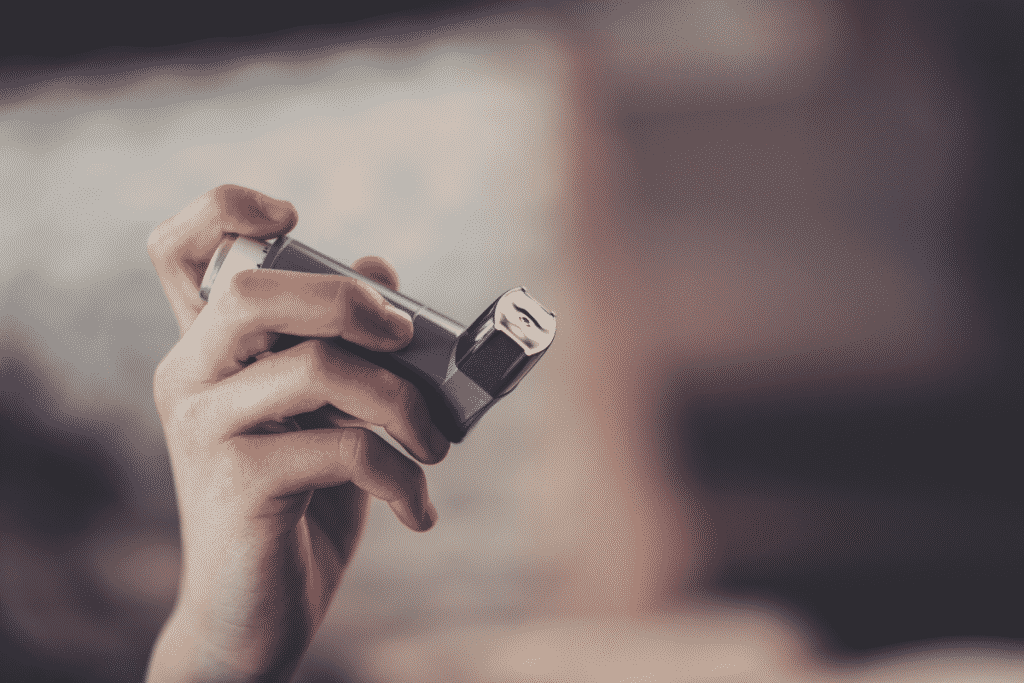
Some people need to quickly access their emergency medicine on the trail. There may not be enough time to dig through your pack to pull out an EpiPen, Inhaler, Insulin, etc. I learned this the hard way on a recent backpacking trip.
I’ve went my entire life with an undiagnosed aspirin allergy and had an allergic reaction to topical pain relief cream. It took less than 5 minutes for my throat to swell up, but I was lucky enough to have a friend with an EpiPen for his bee/wasp allergy. Who knows what would have happened if his EpiPen wasn’t stored in a zippered outside pocket.
This also applies to blood sugar testing supplies or insulin, inhalers, emergency medicines, etc. A fanny pack or waist belt is the perfect place to store emergency medicine. You never know when you’ll need to access emergency supplies or walk somebody through finding your emergency medicine in an emergency.
13. Works Like A Junk Drawer For Random Gear
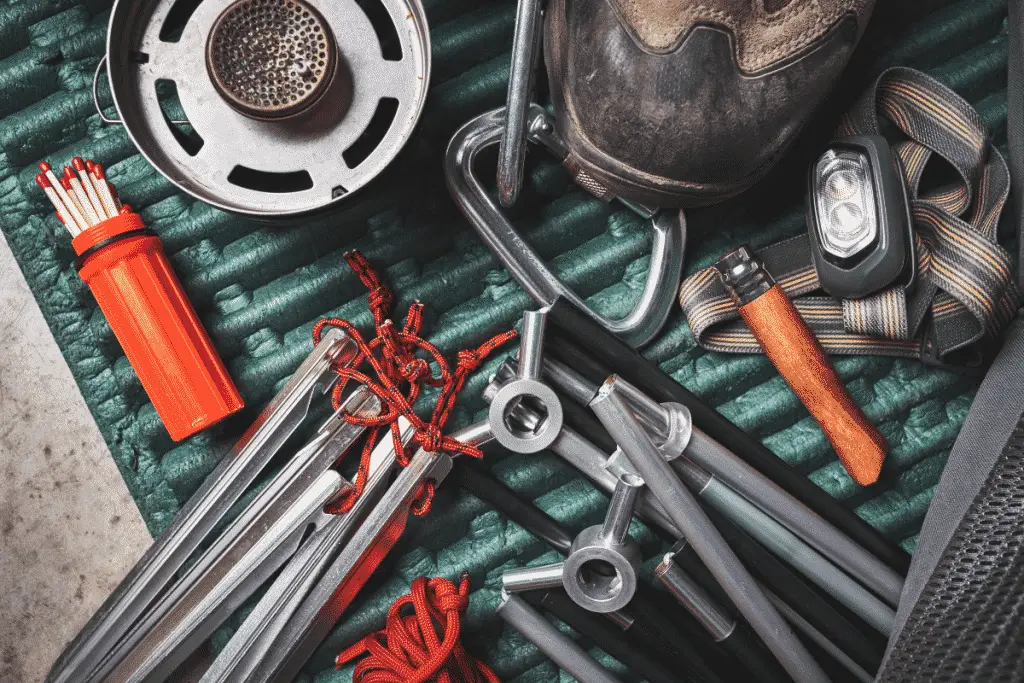
I use my fanny pack like a junk drawer for storing my gear that I’m constantly using on the trail. That’s where I store my random tiny accessories that I don’t want to keep in my pack. Anything that I’m constantly using throughout the day gets tossed in my waist belt.
I’ll carry a small headlamp/flashlight, knife, sunglasses, toilet paper, travel deodorant, blister cream, chapstick, bug spray, toothbrush/toothpaste, gloves, etc. All my commonly used gear gets tossed in the fanny pack for easy access and secondary items go in my packs external pockets.
14. Works As A Counterbalance To Your Pack

This might be total B.S., but using a waist pack feels like it balances out my load. Think about your typical pack load. You have lots of weight on the back of your body and nothing on the front. Most of the weight is centered on your shoulders and back.
Using a waist pack transfers a little bit of weight into the front of your body. I might be crazy, but centering a few pounds over my hips is more comfortable over a long hike.
15. Fanny Packs Are Making A Comeback
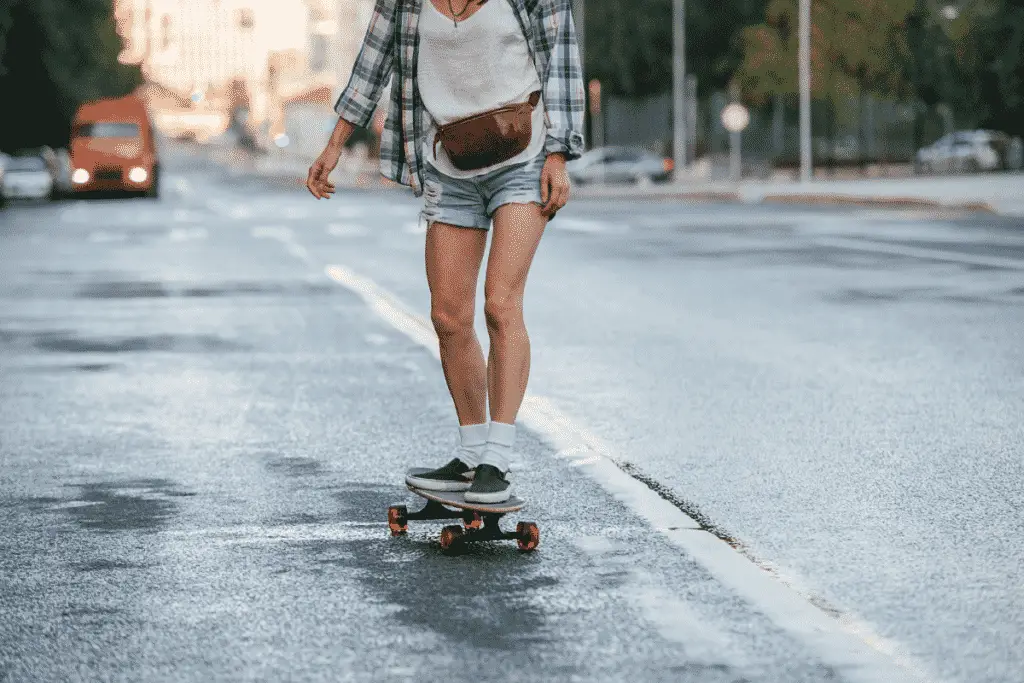
You may have thought that fanny packs died in the 90s, but they’re making a comeback. I don’t pay attention to fashion, but almost every outdoor gear company has added functional waist packs to their gear lineup. It’s hard for me to call fanny packs fashionable, but there are lots of cool styles that are hitting the market.
When To Use A Hiking Waist Pack
I go over most of the ways to use a hiking waist pack in the benefits section below, but here’s a quick summary. You can click this link to jump down to the benefits of hiking waist pack section.
Waist packs are a great choice for short hikes in mild stable weather. Like if the rest of the day looks like it will be sunny and 60°-70°F. Chance of rain (carry raingear) or extreme heat (need extra water) means you should carry a regular sized day pack.
There’s no set rule about maximum trip length, but I like to stick to a maximum of 3 hours or 5-7 miles. You also need to factor in temperature and hike difficulty, but you should be fine on flat/mild terrain in cool/warm weather. On hot days or steep/difficult terrain you’ll need more water. I may still use a small fanny pack with a simple lightweight hydration pack (like this one), but it depends on how far I’m going.
- Hydration Running Waist Packs: These waist packs are designed for short 30 minute to 1hr 30 minute runs. They have small storage compartments that are big enough to hold your cell phone, keys, wallet, and that’s about it. You can go on short hikes with these packs, but you can’t carry much.
- Small Waist Packs (Under 2-4 Liters): You’re limited to 1-2 hour hikes with a small waist packs since they rarely hold water bottles. I use a small fanny pack with my day pack to make grabbing gear easy, but I’d upgrade to a mid-sized pack if you plan on using it alone.
- Medium Sized Waist Packs (4-8 Liters): Most medium sized waist packs fall in the 5-8 liter range and include water bottle holders or bungee straps. They offer similar storage capacities to ultralight packs at a fraction of the weight. These are great for 3-4 hour hikes if you primarily need your waist pack to carry water. Carry your essentials like wallet, phone, keys, map/compass, a light lunch/snacks, but that’s about it.
- Large Waist Packs (8-15 Liters): Large waist packs (aka lumbar packs) can be used just like a traditional day pack. You’re limited to 15 liters, but that’s more than enough space to carry lunch/dinner, light jacket, rain gear, first-aid kit, and everything else you’d normally carry in your pack. High capacity lumber packs (I Like Mountainsmith Lumbar Packs) almost always have removable shoulder straps to reduce lower back pain.
Using Hydration Bladder Waist Packs On Longer Day Hikes
You’re limited by your water supply with a hiking waist pack. You can go on longer day hikes if you find a way to refill and filter/purify your water supply. Finding water in the summer can be a challenge, but trail apps show you seasonal water sources.
I’ve been using my Osprey Seral 7 Liter Hydration Waist Pack, on longer 5-8+ hour hikes in sunny weather. The 1.5 Liter hydration bladder is big enough for 3-4 hours of hiking, and I can almost always find water along the trail to refill it (filter or purify the water).
I use a Sawyer Mini Inline Filter on the hydration tube for hiking, but I prefer a Steripen or Aquatabs when I’m cycling. It’s harder to draw water through an inline filter (especially when it’s clogging). The Steripen is expensive, but it instantly purifies water. Aquatabs are cheap (less than 25 cents per tab), but you have to wait 30 minutes and mix up the water to dissolve the tablet.
Carry a light lunch, water, blister/chafing and small first-aid kit, portable power bank, my iPhone, headphones, toilet paper, lighter, knife, and that’s about it. I wear a quick drying athletic shirt or light merino wool sweater on cold days, hiking pants/shorts and merino wool socks/underwear.
Merino wools by far the best socks/underwear to prevent sweating, blisters, and chafing. I prefer Smartwool socks and underwear because they’re comfortable and durable. You might spend $10 more than with budget brands, but they’ll last much longer. I have 15 year old socks that are still going strong.
Large and Medium Water Bottle Waist Packs Rest On Your Back
Most hikers wear large waist packs with the main compartment lying against the lumbar region of the back. You can spin the pack around to access gear, but walking with a large waist pack in the front of your body feels awkward (plus it pulls against your lower back). This is usually how you wear medium sized waist packs with water bottles as well.
Most large lumbar waist packs have optional shoulder straps that you can use. I like to mix it up with the shoulder straps on long hikes. You can take the stress off your back for an hour or two with the shoulder straps and use only the lumbar strap when your shoulders hurt.
Small and Medium Sized Waist Packs Go In The Front
Small and medium sized waist packs (without water bottles) can be worn on the front of your body. It makes grabbing important gear, snacks, phone, etc. much easier. Just reach down, unzip the fanny pack, and pull out whatever you need. You might have to slow down for a second, but it’s much easier to access gear (and more comfortable).
I also like to use a my small fanny pack with my regular day pack and multi-day backpacking pack. It’s similar to hip belt pockets, but much easier to use. I have a hard time digging into hip belt pockets without taking off my pack. It’s so much easier to get at my important gear with a fanny pack.
